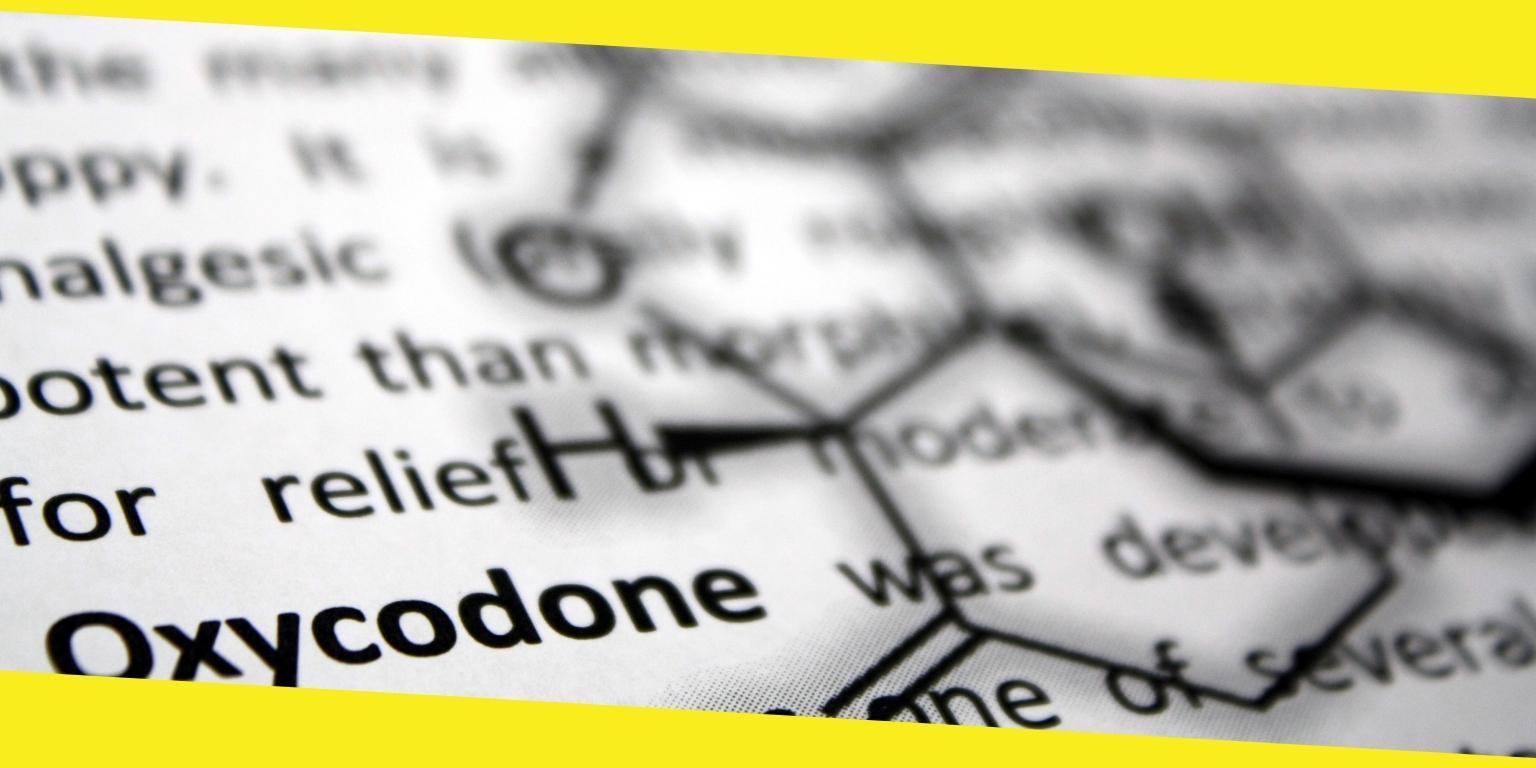Oxycodone Addiction: Symptoms and Treatment

Patients with chronic pain seek treatment to relieve their symptoms and improve their well-being. For this reason, one of the primary treatment options physicians recommend to help patients with chronic pain is oxycodone Glendale. However, one of the side effects of this generic opioid prescription pain reliever is potential addiction. Physician education needs to include symptoms and signs of opioid addiction to help the patient recognize their dependence on oxycodone and thus seek rehab treatment to control their substance abuse problem.
Contents
ToggleWhat are the physical and psychological signs and symptoms of oxycodone addiction?
Most physicians do not recognize the term addiction as clinically accurate. The best way to classify overdependence on oxycodone would be to classify it under opioid use disorder. However, not all patients with symptoms of addiction fall under opioid use disorder unless at least 11 possible symptoms present within one year. Physicians determine the severity of opioid use disorder depending on how many symptoms are present. A patient with more symptoms has severe opioid use disorder. It is also crucial to remember that severity means symptoms extremity and depends on how much opioid a patient consumes. For example, a patient may experience nausea upon taking an oxycodone prescription, while another might vomit upon finishing more than the prescribed dose.
Patients report various signs and symptoms of opioid addiction upon seeking medical intervention. The following are the most common physical, psychological and behavioral signs and symptoms of oxycodone addiction:
- Hallucinations
- Diarrhea and dilated pupils when withdrawn
- Itching
- Dry mouth
- Lack of proper hygiene
- Having multiple prescriptions of oxycodone medications from different pharmacies and doctors
- Driving after taking oxycodone
- Abnormal thoughts
What is the difference between oxycodone and OxyContin?
OxyContin is a branded drug that contains oxycodone, which is a generic drug. Other branded drugs that contain oxycodone as a critical ingredient are Vicodin and Percocet.
Physicians include oxycodone in treatment plans for patients with chronic pain. This drug helps relieve severe and moderate pain. The chemical structure of oxycodone is a replica of morphine, an opiate. For this reason, oxycodone is an opioid since it is synthetic. One critical thing physicians insist on before prescribing oxycodone is that this opioid, like all narcotics, has a high addiction rate. Patients must take only the prescribed dosage because consuming more than a medically necessary amount can lead to psychoactive effects.
Why does oxycodone cause addiction?
Oxycodone is a habit-forming drug. For this reason, the body builds a tolerance to it over time. Patients, therefore, consume more to feel its effects. Regular use of oxycodone causes dependence to develop, and thus withdrawal symptoms emerge as soon as the patient stops taking the drug. The most common withdrawal symptoms that oxycodone users experience includes:
- Dilated pupils
- Nausea
- Tearing
- Agitation
- Insomnia
- Goosebumps
- Vomiting
- Diarrhea
Opioid withdrawal can have serious complications. For example, dehydration can happen in patients with extreme vomiting and diarrhea. For this reason, seeking medical intervention is critical when you are trying to control opioid use disorder. Contact 2nd Chance Treatment Center if you detect oxycodone addiction symptoms to develop an appropriate treatment to manage your substance abuse concerns.
Recommended For You
How Can You Identify ADHD in Your Child?
Most Inside
Most Inside offers high-quality recommendations and valuable updates to enhance all aspects of your life, providing premium guidance and enriching experiences.




